Understanding Your Feline Friend: The Subtle Language of Cats
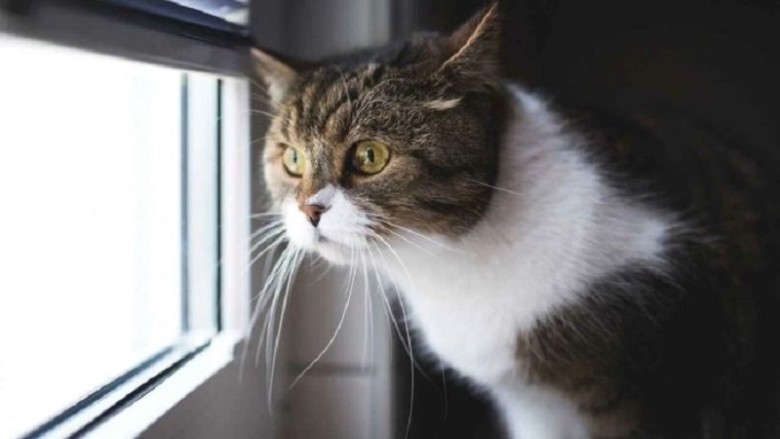
When a cat gazes out the window, seemingly indifferent to your calls, it’s a behavior worth pondering. While it may appear that cats intentionally ignore their humans—engaged in grooming, sleeping, or simply observing the outside world—this apparent aloofness has an underlying rationale. To truly grasp what your cat is feeling, one must adopt their perspective.
Silence: A Sign of Trust
Cats are not indifferent to us out of malice. Their way of communicating often includes silence and detachment, which can signify trust rather than rejection. For instance, when a cat sits with its back turned to you, it doesn’t express disdain; rather, it indicates a sense of security. In the wild, animals avoid showing vulnerability to potential threats. Thus, a cat sitting with its back toward you is a gesture of trust, affirming, “I feel safe around you.”
Another crucial element of cat communication is the tail. A tail held high with a gentle curve at the tip signals friendliness and affection, while a twitch at the end may indicate irritation, suggesting a need for space.
The Meaning of Slow Blinks
The act of slow blinking is a special form of feline expression. If your cat gazes into your eyes and gradually lowers its eyelids, consider it a sign of love—a unique “kiss.” Researchers liken this gesture to a smile. You can reciprocate by gently squinting in response; if your cat mirrors this action, you’ve likely forged a deep emotional bond.
The Unique Language of Meows
Fascinatingly, cats rarely vocalize with each other. The varied sounds—meows, mrrs, and rrrs—are primarily meant for human interaction. A quick meow might be a polite nudge, like “please open the door,” whereas a prolonged meow often acts as a demand for your attention. However, a silent cat isn’t necessarily feeling neglected; it might just be observing, waiting for the perfect moment to engage.
Playful Bites: Love or Aggression?
It’s crucial to differentiate between aggressive behavior and a surge of playful energy. Signs of stress can include hissing, flattened ears, and an arched tail. However, sudden biting during play or petting is usually a signal of excitement: “I’m feeling too much!” Cats often lack an internal gauge for their intensity. Learning to recognize the cues—like tense skin, rapid tail movements, or quickening breaths—can help you discern when it’s best to back off.
The Importance of Personal Space
Even the most affectionate cats require their own space. A cat that chooses to sit a distance away isn’t a reflection of its feelings for you, but rather a desire to maintain control over its proximity. This behavior is instinctive. Setting up cozy hideaways in your home and refraining from forcing physical affection—especially if the cat shows signs of wanting to retreat—can foster a healthier relationship.
When granted the freedom to choose, many cats will naturally gravitate toward you. They may curl up in your lap, pounce on your keyboard, or nuzzle into your hand, signaling, “I like you, and I’ve consciously chosen to be near you.”
Understanding these nuances of feline behavior will enhance your bond and lead to a more harmonious coexistence with your cat.
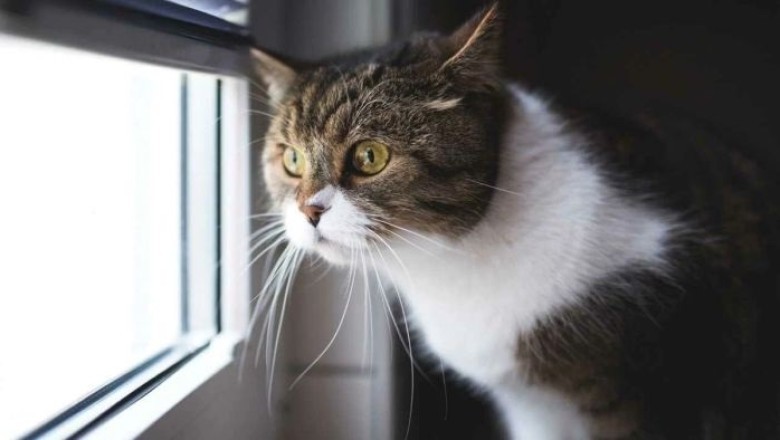












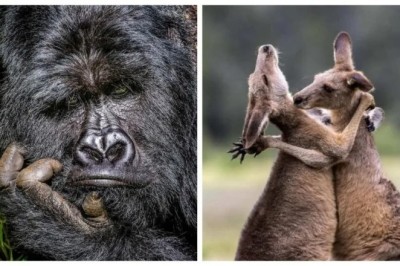
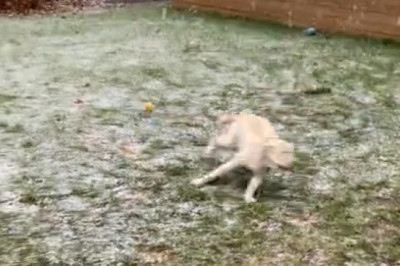
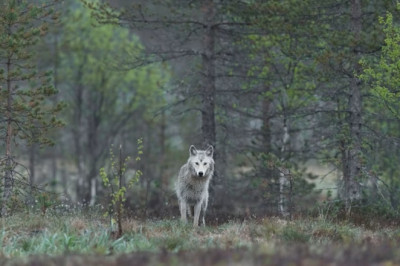
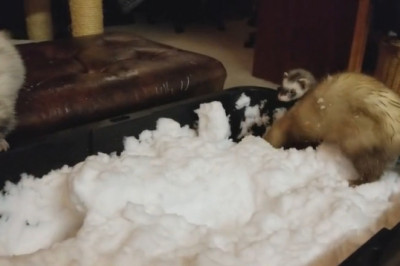
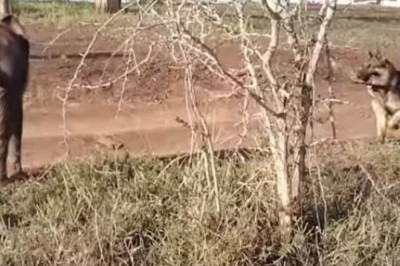


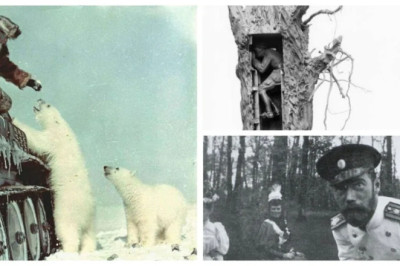

Comments
0 comment